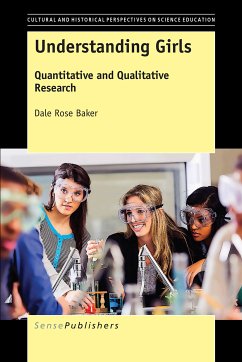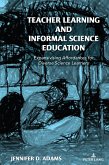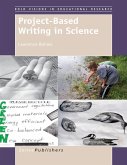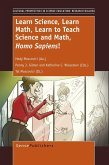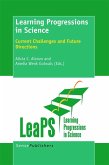Understanding Girls: Quantitative and Qualitative Research is a retrospective of the author's research that led to receiving the 2013 Distinguished Contributions Award to Science Education through Research. This book includes selected articles that document changes in her research approaches and theoretical frameworks. The articles represent the evolution of her thinking about the issue of girls in science as well as her impact on science education. The author's work is placed in the context of science education research at the time of publication, research in education and psychology, and the culture of the times. She pulls back the curtain that often makes the messy work of research seem straightforward and linear to reveal why she did the research and the methodological decisions she faced. She describes the serendipitous nature of some of the work as well as her frustrations in trying to understand data, and struggles to insure that she accurately and respectfully presented the voices of girls and their teachers. The book also includes some of the earliest research in engineering education preceding the focus on engineering practices found in the Next Generation Science and Engineering Standards. Understanding Girls provides insights into why girls may or may not decide to participate in science and engineering and what can be done to increase their participation. It provides evidence that we have increased girls' participation and the challenges that remain to insure that every girl who wants to become a scientist or engineer has the opportunity to do so.
Dieser Download kann aus rechtlichen Gründen nur mit Rechnungsadresse in A, B, BG, CY, CZ, D, DK, EW, E, FIN, F, GR, HR, H, IRL, I, LT, L, LR, M, NL, PL, P, R, S, SLO, SK ausgeliefert werden.

